How rural ranchers have worked with conservationists for the good of Oregon and beyond
written by Felisa Rogers

Hemmed by mountain ridges, the rain-swept valley seemed wild and remote. Massive logs with root wads the size of cars spanned the swollen creek. This particular stretch looked exactly how an Oregon creek should look: it meandered in an S bend, splashing into deep pools and roiling around islands of sand and debris.
Johnny Sundstrom stood on the bank, surveying the winter rapids with something akin to pride. “I can’t exactly take credit for it,” he said. Sundstrom, 73, is a small-scale rancher and the founder of the Siuslaw Institute. This creekside habitat is a perfect illustration of the organization’s work. Twelve years ago, this part of the creek was a straight channel. Sundstrom and a colleague were doing restoration work in the surrounding field when they noticed three big firs growing close on the eroding banks.
“The trees were being undermined and they all three were leaning. And we knew they were coming down eventually,” Sundstrom explained. So he and his crew dropped three smaller logs into the creek, securing the logs with cable and thus setting a trap that would hold the big trees when they fell. The resulting log jam has grown over the years, changing the course of the stream and creating a meander.
This process is all part of reclaiming or mimicking a natural system where alcoves slow down the water. High velocity flow is poor habitat for juvenile fish because they get washed out prematurely and don’t have shelter and places to hide.
—Johnny Sundstrom
Salmon are the name of the game here. Deadwood Creek is a tributary of the Siuslaw River, which runs through the heart of the Oregon Coast Range and is a key habitat for threatened Coho salmon. Through the efforts of Sundstrom and his colleagues in the Siuslaw River Basin Restoration Partnership, the region has become a model for a groundbreaking conservation strategy.
Building stream structures to create salmon habitat is not new. The groundbreaking aspect of Sundstrom’s work is the people involved. Sundstrom and his colleagues have forged a successful coalition between conservationists, local landowners, the U.S. Forest Service and the timber industry. Together, they’re working to restore fish habitat and save Coho salmon from extinction.
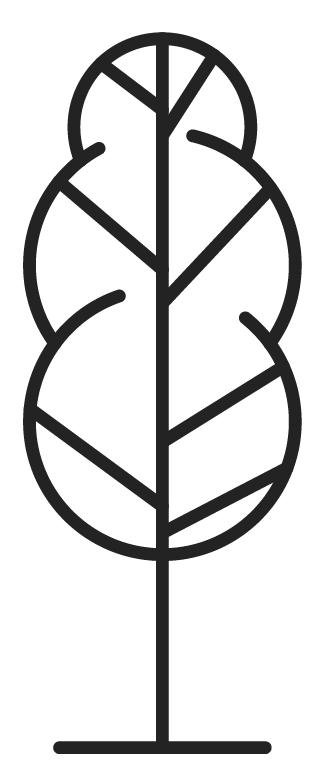
But salmon wasn’t the only valuable resource in the region. Settlers marveled at trees taller than any building, and sawmills sprang up along the river. Foresters used the waterways to move logs, scraping the creek bottoms and using dynamite to blow out the natural log jams that had created pools and meanders. Logging roads crisscrossed the mountains, culverts blocked fish passage, clear-cut hillsides eroded and dropped sediment into spawning beds and stream temperatures went up as trees were cut down. Meanwhile, the demand of the canneries led to overfishing. By 1939, salmon numbers had declined to the point that the state government restricted fishing. Commercial fishing was closed in the 1950s, and the last cannery shut down in 1957. Coho were in danger of extinction.
Sundstrom is quick to point out that the fight to protect Coho is not about saving one species—it’s essential to the health of the forest itself. When salmon come up the rivers to spawn and die, their decomposing carcasses provide much-needed fertilizer to the sandstone-based soil.
“When things were going right, 2.5 million pounds of fish came up the creek. This deposit in the system is a critical element. If these nutrients aren’t being replenished, digested and carried upslope by the animals that live off of them, we end up with a forest that doesn’t regenerate,” Sundstrom explained as we trudged across the wet field to our trucks.
Sundstrom’s slight drawl, cowboy hat and good-old-boy demeanor are somewhat deceptive. Yes, he lives in deep rural Oregon, and, yes, he runs cows on his property. He can talk elk, firewood, fishing and football. But his roots are more radical than your average rancher. Sundstrom has been fighting for watershed conservation for more than thirty years. At one time, this put him at odds with many of his neighbors.
In the 1980s the region was a hotbed in the so-called timber wars, when environmentalists attempted to shut down logging operations. The animosity came to a boil over the northern spotted owl. As conservationists fought to get the bird listed as a threatened species under The Endangered Species Act, loggers sported shirts that said “I Love Spotted Owls…Fried,” and “Loggers are an Endangered Species Too.”
Finding Common Ground
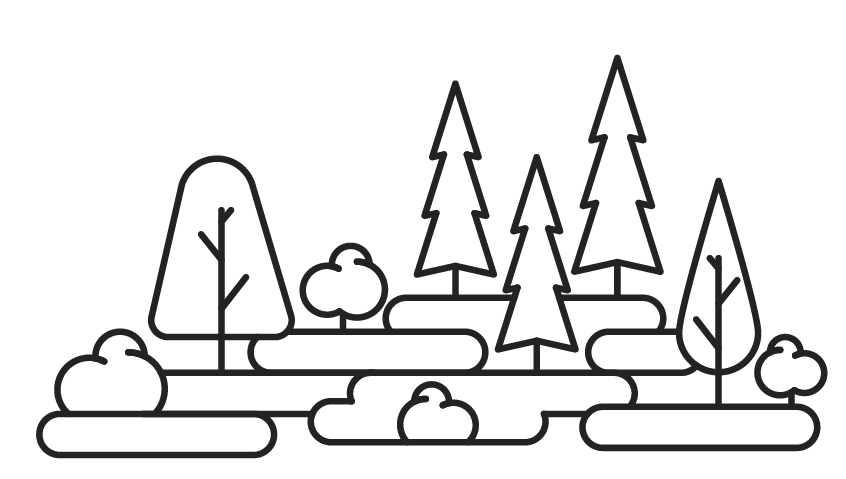
But owls were only part of the problem. Sundstrom joined the fray when he noticed salmon numbers were declining in the creek that ran through his family’s property. At the time, a major timber sale on the ridge above threatened to further compromise the creek. He and a few Deadwood neighbors worked to stop aerial spraying of herbicides and old growth timber sales in the region, but they eventually realized that wasn’t enough. In order to rehabilitate the watershed, they’d need to overhaul the existing land management system, which was a hodgepodge of federal and state agencies working at odds with one another. And to formulate a comprehensive plan, they’d need the cooperation of the U.S. Forest Service and landowners in the region. They had to find common ground with their neighbors.
Easier said than done. People were angry. Due to environmental legislation, unsustainable practices and mechanization, timber jobs were dwindling. The community was hurting, and people blamed environmentalists and the federal government.
Sundstrom and his neighbor Ray Kinney began to frame their conservation efforts as a way to keep the federal government from cracking down. By working together to prevent salmon populations from declining further, they could keep the government from imposing harsher restrictions while at the same time creating jobs and motivating local people to get on board with conservation efforts.
They knew the first step was communication, but also knew it would be borderline miraculous to even get the stakeholder groups in the same room.

To get the ball rolling, Sundstrom initiated Coordinated Resource Management Planning in the Deadwood Watershed. The dry title doesn’t capture the drama of his mission, which was to get loggers, federal and local government agencies, timber industry officials, local landowners and conservationists to all sit down at a table together and come up with a watershed conservation plan that made sense to everyone.
You try to get anybody with a dog in the fight to come in The whole thing about collaboration is that if it’s done right, nobody gets everything they want but everybody gets something. And it’s got to be based on mutual benefit. Maybe not for this project, maybe not even for this year. But over time it has to pay off in some way for everyone.
—Johnny Sundstrom
The first meeting was tense, but Sundstrom started out by asking everyone not to point fingers or argue about the root of the problem and instead envision a future they could all agree on: a thirty-year plan that would lead to a sustainable timber industry that provided local jobs, and a healthy fish run.
Those conversations evolved into Siuslaw River Basin Restoration Partnership, which has focused on getting the local community involved in restoring the watershed. It provides free native plants and labor for riparian plantings and maintenance on private lands, and also works with local landowners willing to allow larger restoration projects, such as building stream structures like the one in Deadwood Creek and turning former fields back into wetlands.
The partnership hires local contractors and local labor, which has the dual benefit of fueling the local economy and stimulating conversation in the community. Instead of having a federal agency come in and tell them what they were doing wrong, the community was learning about conservation from the guy sitting next to them at the high school football game.
The Future of Conservation
The watershed council and Siuslaw Institute also extended outreach into the school system, establishing outdoor and summer programs to teach kids about their local ecosystem. Sundstrom’s colleague Ray Kinney, a soft-spoken retired contractor, put it this way. “Those kids learned things that really excited them. They learned how to apply classroom science, to go out into the field and solve real environmental problems.”
They’re now seeing a return on their investment. Kids who participated in the watershed science program and went away to college are now returning home and becoming involved in the local conservation movement.
Kinney and Sundstrom’s own children became key players. Kinney’s daughter, Mizu, works for the watershed council, and Sundstrom’s son, Shiloh, became an emissary for inclusive conservation.
Because Shiloh was born in the area and could chew tobacco and toss back a Busch Light with the best of them, he didn’t alienate the old timers. His natural enthusiasm for life enabled him to blast past barriers and get people thinking about new ideas of land stewardship. “He was so good at bringing people together,” said his childhood friend Jesse Beers, who was born into one of the oldest logging families in the Siuslaw. “He could go talk to loggers and environmentalists and make them realize that they’re plots on the same line.”
But Shiloh also saw beyond the boundaries of the Siuslaw watershed. He was active in a network of ranchers and conservationists who seek common ground on conservation-based challenges in the rural West, and he traveled to Kenya to study the Maasai herders, who were finding solutions to balance their ancestral resource-based economy with ecotourism and wildlife conservation. Shiloh’s experience raising cattle gave him an in with the Maasai, who were used to being studied but not used to encountering a white man who understood rural life and was interested in learning from them.
When he came he stayed with us in our home. And he became one of us. What we were doing, that was what he was doing. What we were eating, that’s what he was eating. And he became very connected to the place. When he came back he always noticed if we’d sold any animal. He’d notice if the number of cows was different.
—Maasai Chief Nickson Parmisa
As a graduate student at Oregon State University, Shiloh returned to Kenya and created a conduit of information-sharing between the two rural communities. Working with his friend Jesse Beers, a member of the Siuslaw tribe, he organized a cross-cultural exchange between the local tribes and the Maasai and invited his Maasai friend Paul Meleira to Oregon to host presentations on community-based problem solving.
But Shiloh’s work was only one aspect of the Sundstroms’ international reach. In 2004 the Siuslaw Basin Partnership was awarded the International River Prize. The prize required the winners to team up with another community and share the knowledge they’d gleaned, and they chose Sakhalin Island in Russia, which led to a collaborative salmon restoration effort with a Russian team visiting to study the Siuslaw strategy. Johnny Sundstrom has since participated in twelve cultural and scientific exchanges with the Russians, and traveled to Australia and India to share his knowledge with other interested communities.
But despite this great success, contractor Kinney and his colleagues say the system of inclusive restoration has its drawbacks. Wesley Voth, a local mail carrier and board member of Siuslaw Watershed Council, says they still fail to reach many people. “There is enormous, maybe even growing distrust of and contempt for federal land management and anyone or any organization ‘in bed with’ them. I don’t even know where to begin to change this thinking.” Kinney is more positive about the effectiveness of community outreach, but pointed out another issue: “Yes, you can find win-win situations everywhere to do good work. But when it starts getting controversial during the round-table discussion, there’s a strong bias to step away from that controversial aspect. So a lot of things that need to get worked on don’t really get talked about because it’s so difficult to find win-wins in those areas.”
Despite these challenges, the team continues to think ahead. Kinney talks about the possibility of finding private funding for more controversial projects, such as pollution testing in the water system. Meanwhile, Mizu envisions a trail-building project that could provide jobs, stimulate tourism and allow locals a new place to enjoy the woods and river. “It could be done. And I think it should be done,” Mizu said.
In November 2015 the community was rocked by a huge loss. Shiloh Sundstrom was walking home from a Beavers football game when he was killed by a hit-and-run driver. He was 34. Many people had seen him as the future of conservation, and a tragedy of this magnitude could have suc
Shiloh’s colleagues organized a summit honoring his work: Western ranchers and conservationists convened at OSU to plan the future of coordinated conservation in rural communities, and Shiloh’s Maasai friend, Paul Meilera, spoke about how Shiloh’s commitment to building real relationships had changed the face of conservation. This January, Johnny and a team of Shiloh’s colleagues traveled to Kenya to continue his work, including building a classroom for Maasai schoolchildren.
Balancing resource-based economies and conservation can seem daunting. By continuing to build connections between rural communities around the world, Sundstrom and his colleagues hope to create a network that will encourage rural people to generate their own conservation strategies—strategies that work for the entire community. Shiloh’s knack for finding common ground continues to guide the effort. As Johnny Sundstrom said of his son, “He knew that building these relationships was possible, desirable and necessary.”



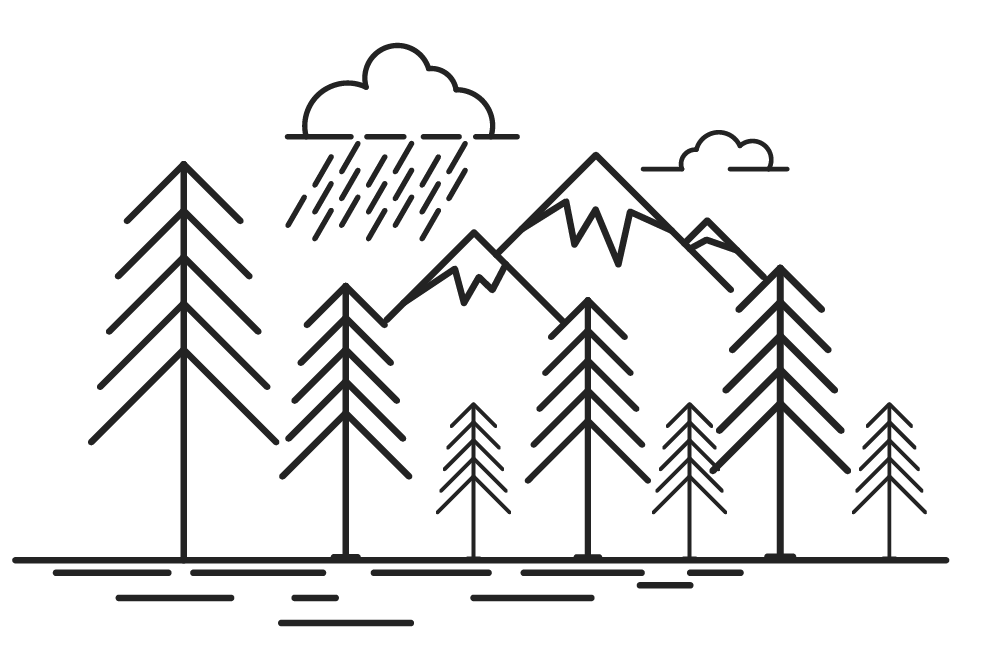
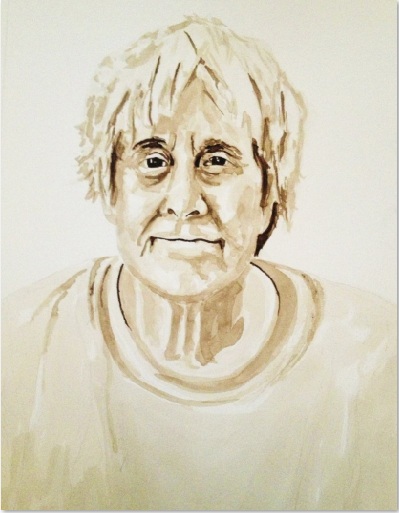
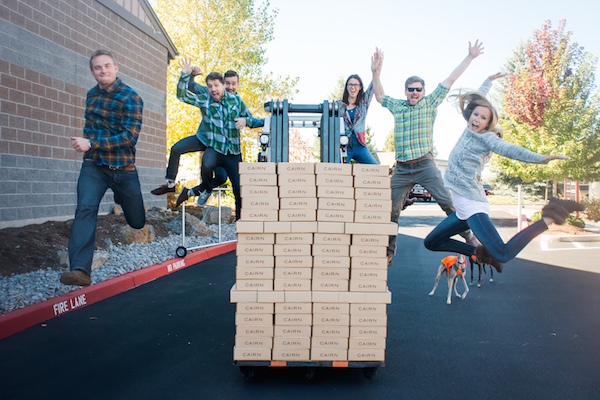
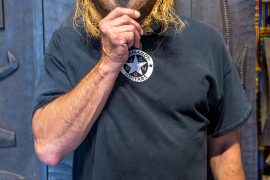
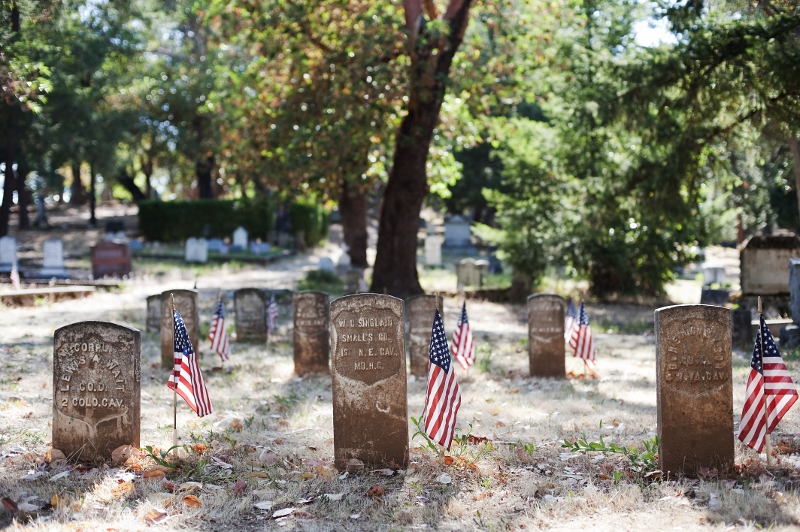



Great article. A tribute to Johnny, Ray and most of all Shiloh. Explains collaborative conservation with clarity and depth.
Fells has helped to bind conservationists around the world together, to benefit the children of our grandchildren who we have borrowed this world from.
I am happy for this document. It is detailed & inspiring. It is also amazing that our efforts to create a collaborative conservation initiative amongst rural communities here in Kenya & US is working , thanks to Johnny & my best friend Shiloh Sandstorm. I personally feel honored having been mentioned severally in the document.
Excellent article about a complicated subject and a beautiful tribute to Shiloh.
Glad you like it Dobie! Thanks for reading. We appreciated Felisa’s nuanced explanation of an intricate subject.